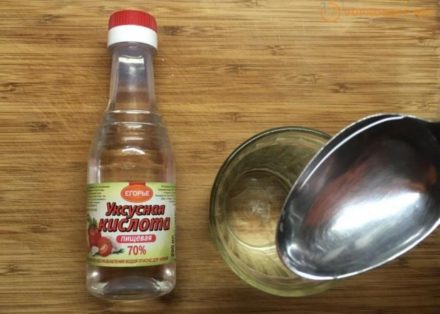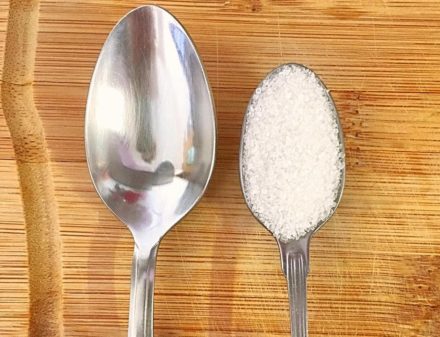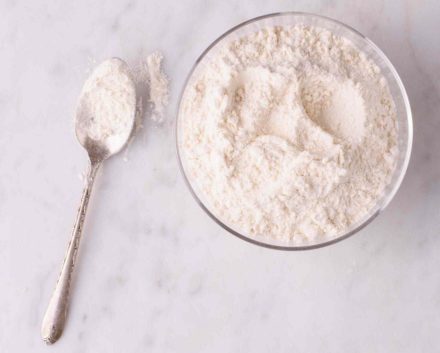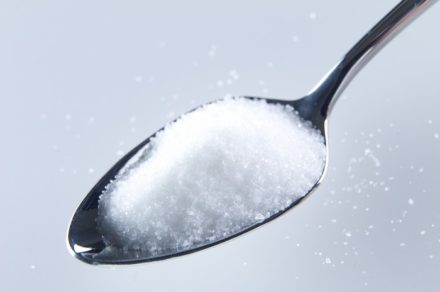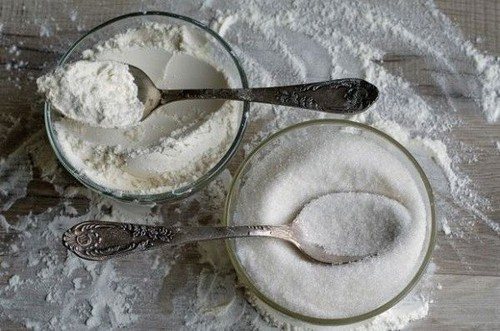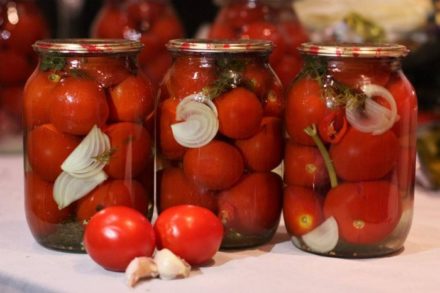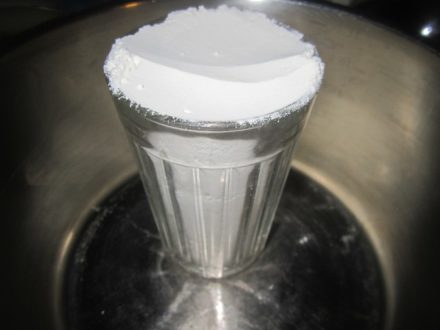Vegetable oil is an essential product in every person’s kitchen. They use it in strictly specified quantities, but not everyone in the house has working scales to determine it. In such frequent cases, improvised means help - tablespoons and teaspoons, glasses. We will tell you how many grams and milliliters of vegetable oil are in a tablespoon or teaspoon, and also, for your convenience, we will provide tables of quick measures of oil in spoons.
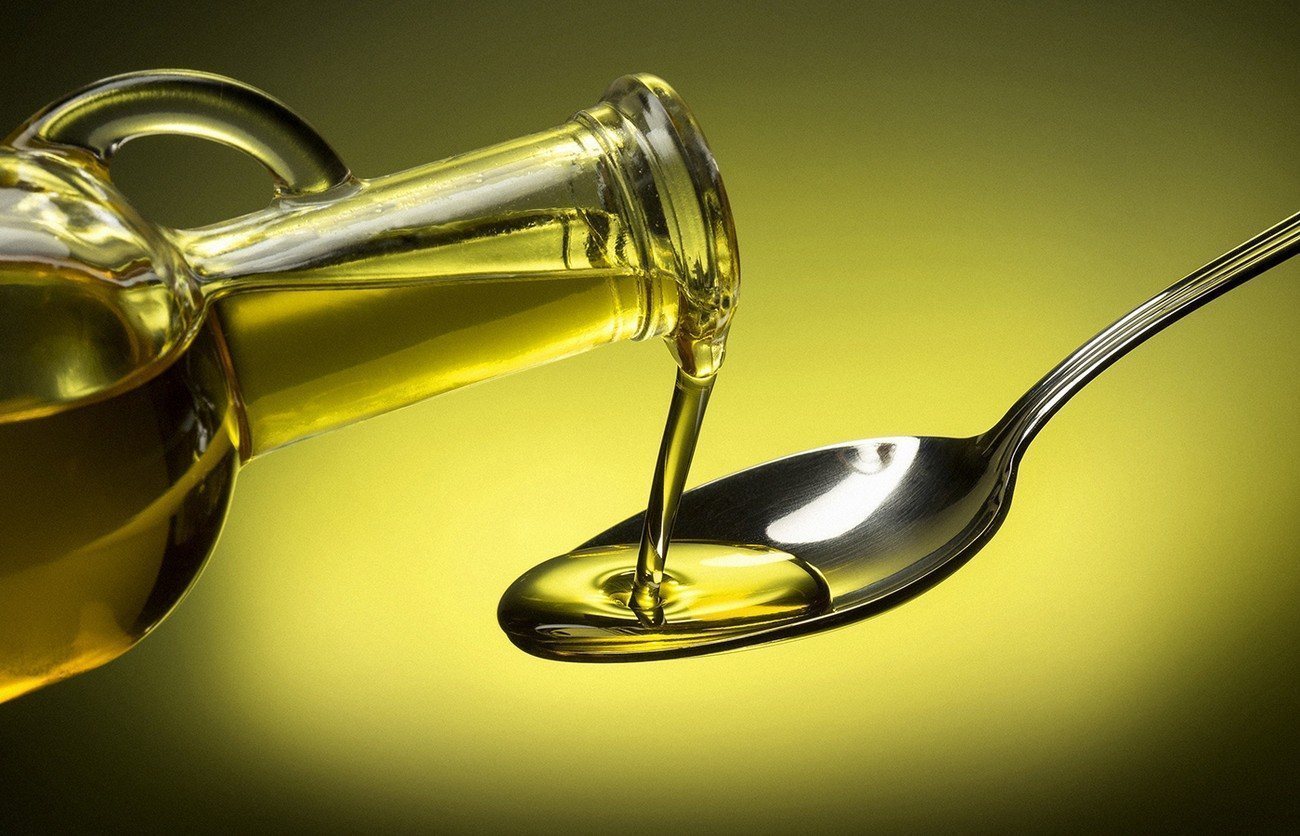
- How many grams and milliliters of vegetable oil in a spoon?
- Dining room
- Tea room
- Dessert
- Pivot table
- Table of quick measures of vegetable oil by spoons by grams
- Table of quick measures of vegetable oil by spoons by milliliters
- Table of quick measures of vegetable oil by number of spoons
- How many tablespoons of vegetable oil in a glass
- The difference in weight and volume in one spoon depending on the type of vegetable oil
- How many calories are in a spoon of vegetable oil?
How many grams and milliliters of vegetable oil in a spoon?
Spoons as measuring instruments are quite accurate; errors can be quite insignificant. Increasingly, recipes also indicate not grams, but precisely their required amount in teaspoons, tablespoons, dessert spoons or glasses.
When measuring the product, you need to remember that it will not be possible to measure it with a slide.
Dining room
A standard tablespoon is 7 cm long and 4 cm wide. However, its sizes in foreign countries may differ.
These parameters allow you to accommodate 17 grams of vegetable oil: olive or sunflower. Converting to milliliters, this is will be 18.5 ml.
Tea room
If a little additional ingredient is required, then tea is used. Its parameters in the CIS countries are 4.6 cm in length and 3.2 cm in width. Measuring the amount of product, it will be 5 grams or 5.5 ml.
Dessert
A dessert spoon is used much less often in recipes. Initially, it was intended specifically for eating sweet dishes. Its dimensions are between the tea room and the dining room - the scoop is 6 cm long and 4 cm wide.
This cutlery holds 10 grams or 11 ml vegetable oil.
Pivot table
The table below provides a summary of all the parameters described above.
| Quantity | Weight | Milliliters |
| 1 tablespoon oil | 17 grams | 18.5 ml |
| 1 dessert spoon of butter | 10 grams | 11 ml |
| 1 teaspoon oil | 5 grams | 5.5 ml |
Table of quick measures of vegetable oil by spoons by grams
If you need to add a certain amount of grams of product, the table below will help you measure it without using scales.
| Weight | tablespoons | teaspoons |
| 5 grams | a little less than 1/3 | 1 |
| 10 grams | a little more than 1/2 | 2 |
| 20 grams | a little more than 1 | 4 |
| 30 grams | a little less than 2 | 6 |
| 40 grams | 2 dining rooms + 1 tea room | 7 |
| 50 grams | about 3 | 10 |
| 60 grams | approximately 3.5 | 12 |
| 70 grams | a little more than 4 | 14 |
| 75 grams | 4 dining rooms + 1 tea room | 15 |
| 80 grams | 4 dining rooms + 2 tea rooms | 16 |
| 90 grams | 5 dining rooms + 1 tea room | 18 |
| 100g | a little less than 6 | 20 |
| 120 grams | 7 | 24 |
| 150 grams | a little less than 9 | 30 |
| 180 grams | 10 dining rooms + 2 tea rooms | 36 |
| 200 grams | a little less than 12 | 40 |
| 250 grams | a little less than 15 | 50 |
| 300 grams | 17 dining rooms + 2 tea rooms | 60 |
Table of quick measures of vegetable oil by spoons by milliliters
Table for measuring the exact number of milliliters using cutlery.
| Milliliters | tablespoons | teaspoons |
| 5 ml | approximately 1/4 | slightly less than 1 |
| 10 ml | about 1/2 | a little less than 2 |
| 20 ml | a little more than 1 | a little less than 4 |
| 30 ml | 1 dining room + 2 tea rooms | 5+1/2 |
| 40 ml | 2 dining rooms + 1/2 tea | 7+1/3 |
| 50 ml | 2 dining rooms + 2 tea rooms | 9 |
| 60 ml | 3 dining rooms + 1 tea room | 11 |
| 70 ml | a little less than 4 | a little less than 13 |
| 80 ml | 4 dining rooms + 1 tea room | 14+1/2 |
| 90 ml | a little less than 5 | 16+1/3 |
| 100 ml | 5 dining rooms+11/3 tea room | 18 |
| 120 ml | 6+2 incomplete teas | 22 |
| 150 ml | a little over 8 | a little over 27 |
| 180 ml | 9+2/3 | a little less than 33 |
| 200 ml | a little less than 11 | a little over 36 |
| 250 ml | 13+1/2 | 45+1/2 |
| 300 ml | 16+1/4 | 54+1/2 |
Table of quick measures of vegetable oil by number of spoons
The table below can be referred to when you need to determine the number of grams or milliliters, if only the number of spoons used is given.
| Number of spoons | Grams in tablespoons | Grams in teaspoons | Milliliters to tablespoons | Milliliters to teaspoons |
| 1 | 17 grams | 5 grams | 18.5 ml | 5.5 ml |
| 2 | 34 grams | 10 grams | 37 ml | 11 ml |
| 3 | 51 grams | 15 grams | 55.5 ml | 16.5 ml |
| 4 | 68 grams | 20 grams | 74 ml | 22 ml |
| 5 | 85 grams | 25 grams | 92.5 ml | 27.5 ml |
| 6 | 102 grams | 30 grams | 111 ml | 33 ml |
| 7 | 119 grams | 35 grams | 129.5 ml | 38.5 ml |
| 8 | 136 grams | 40 grams | 148 ml | 44 ml |
| 9 | 153 grams | 45 grams | 166.5 ml | 49.5 ml |
| 10 | 170 grams | 50 grams | 185 ml | 55 ml |
How many tablespoons of vegetable oil in a glass
A glass as a measure of weight is mentioned quite often in recipes. Usually it means a volume of 200 ml or 250 ml.However, nowadays the size of glasses can be completely different. Therefore, before using them as weight measures, you need to make sure the exact volume of the object.
A 200-milliliter glass holds 184 grams of vegetable oil, olive or sunflower, which is approximately 11 tablespoons or 37 teaspoons.
You can pour 230 grams of vegetable oil into a 250 ml glass. This will be 13.5 tablespoons or 46 teaspoons.
The difference in weight and volume in one spoon depending on the type of vegetable oil
There are a huge number of different types of oils in the world, although people usually limit themselves to using olive or sunflower. Among the rest you can find: coconut, sesame, flaxseed, pumpkin, avocado, peanut, mustard, grape seed, wheat germ or cocoa butter. However, there is practically no difference in their volume. Only a minor deviation of ~1 gram is possible.
We can say something separately about coconut and cocoa butters. They have a solid structure and melt at a temperature of 22°C - 29°C. In a liquid state, 16 grams (17.3 ml) fit into a tablespoon, and 5 grams (5.5 ml) into a teaspoon.
There are also refined and unrefined oils. Refined fat is removed from impurities and only pure vegetable fat is left without taste or smell. This oil is perfect for frying and long-term storage, but it does not have any beneficial properties. Unrefined oils are extracted through minimal processing or often by raw pressing. They retain all their nutrients: vitamins, macro- and microelements, antioxidants, phytosterols.
The amount of an ingredient that fits into a particular measuring device does not change depending on whether it is refined or not.
How many calories are in a spoon of vegetable oil?
Vegetable oil is a very high-calorie product. The nutritional value of any vegetable oil consists only of fats, which occupy 99.9% of the total composition.
Since 1 gram of fat is 9 kcal, it is easy to calculate that 100 grams of this product will contain 900 calories. From this we can determine that:
- There are 153 calories per tablespoon (17 grams);
- a dessert spoon contains 90 calories (10 grams);
- There are 45 calories per teaspoon (5 grams).
However, there is no need to be afraid of the high calorie content of oil. Unrefined oil boasts a high nutrient content.
- For example, the chemical composition of vegetable oils includes a large amount of fat-soluble vitamins E and K, especially olive and sunflower oils.
- Flaxseed, camelina, hemp or walnut oils are a valuable source of Omega-3 fatty acids.
- Coconut and cocoa butter are rich in saturated fat and healthy in moderation, and are great for frying and other heat applications.
- Avocado oil also has a high smoke point, which is often recommended for use for thermal effects.
Adding oil to the human diet in moderate quantities helps improve the elasticity of the walls of blood vessels, protect cells from damage and increase their level of resistance to an unfavorable environment, eliminate free radicals due to antioxidants, improve the condition of skin, hair and nails due to the high content of fat-soluble vitamins.


